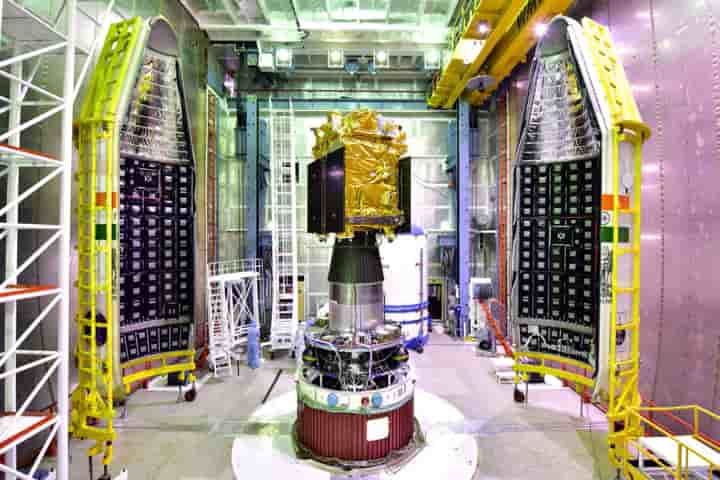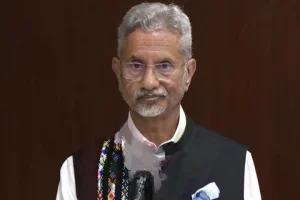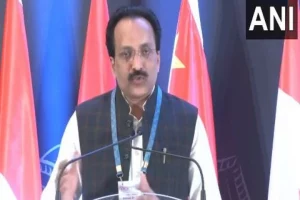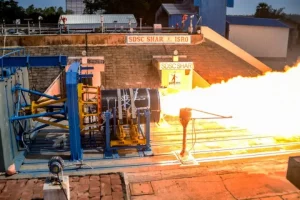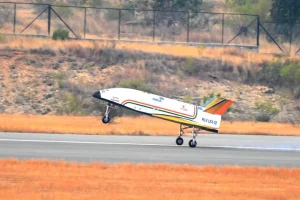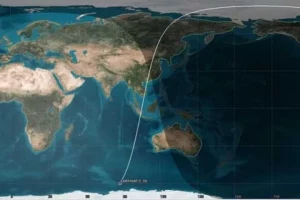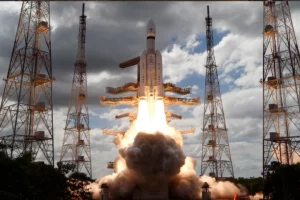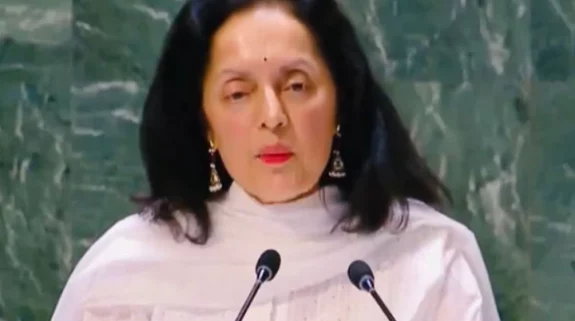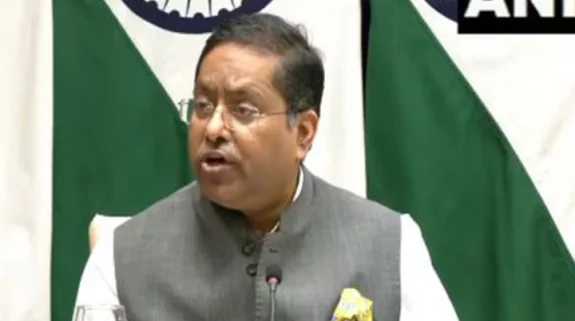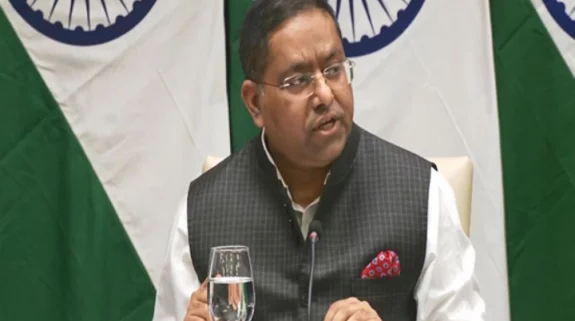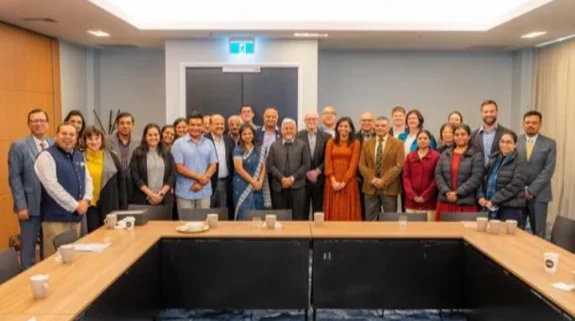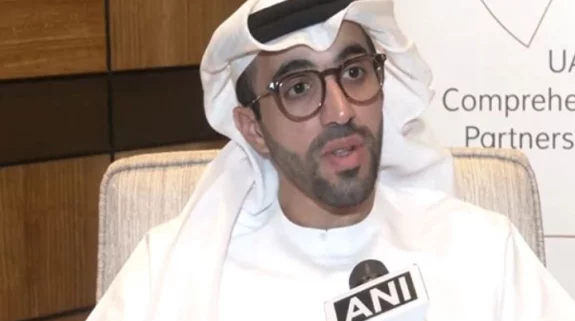After the successful landing of Chandrayaan-3 on the Moon, India is gearing up for its Sun mission ‘Aditya-L1’. Indian Space Research Organisation chief S Somnath has said that the ISRO team has completed rehearsal for the launch.
Speaking to the media, ISRO Chief said, “We are just getting ready for the launch. The rocket and satellite are ready, we have completed the rehearsal for the launch. Tomorrow we have to start the countdown for the launch, the day after tomorrow.”
Aditya-L1 would be the first space-based Indian observatory to study the Sun.
Earlier on August 14, ISRO informed about mission Aditya-L1, the first space-based Indian observatory to study the Sun and said that it is getting ready for the launch.
“PSLV-C57/Aditya-L1 Mission: Aditya-L1, the first space-based Indian observatory to study the Sun, is getting ready for the launch. The satellite realised at the U R Rao Satellite Centre (URSC), Bengaluru has arrived at SDSC-SHAR, Sriharikota,” ISRO said in a post on ‘X’ (formerly Twitter).
According to an ISRO statement, the Aditya L1 spacecraft carries seven payloads to observe the photosphere, chromosphere and the outermost layers of the Sun (the corona) using electromagnetic particle and magnetic field detectors. Using the special vantage point L1, four payloads directly view the Sun and the remaining three payloads carry out in-situ studies of particles and fields at the Lagrange point L1, thus providing important scientific studies of the propagatory effect of solar dynamics in the interplanetary medium.
The suits of Aditya L1 payloads are expected to provide the most crucial information to understand the problem of coronal heating, coronal mass ejection, pre-flare and flare activities and their characteristics, dynamics of space weather, propagation of particles and fields, the statement said.






